 Some of my earliest memories as a child were sitting in front of the TV watching Bill Clinton giving his State of the Union message. It was one of the events that sparked my interest in politics. It seemed like such a spectacle. The whole federal government was all in the house chamber, it was on all the major televisions stations (much to my sister’s chagrin), Clinton would pound the podium with his thumb through his fist as he gave every one of his goals for the future or defenses of his past actions, in reaction there would be a standing ovation from half the chamber and aloof stares or even boos from the other half. It just seemed important, but is it?
Some of my earliest memories as a child were sitting in front of the TV watching Bill Clinton giving his State of the Union message. It was one of the events that sparked my interest in politics. It seemed like such a spectacle. The whole federal government was all in the house chamber, it was on all the major televisions stations (much to my sister’s chagrin), Clinton would pound the podium with his thumb through his fist as he gave every one of his goals for the future or defenses of his past actions, in reaction there would be a standing ovation from half the chamber and aloof stares or even boos from the other half. It just seemed important, but is it?
Article 2 Section 3 of the constitution states “He [the president] shall from time to time give to the Congress Information of the State of the Union, and recommend to their Consideration such Measures as he shall judge necessary and expedient.” As the Senate Historian, Donald Ritchie, states, in a great video I have linked to the bottom of the page, George Washington gave the first message to congress and there were congressional subcommittees created based on each one of his paragraphs. I bet President Obama wished congress now would be so compliant. The State of the Union is still supposed to guide the congressional agenda but it does not have to. Congress could take some parts of it or ignore the president’s suggestions entirely. For example, here is a list of objectives President Obama gave in his last State of the Union Message:
Economy
–Most important job is to make the economy better
–Bring more jobs back to America (Tax cuts to manufacturing)
–Increase oversight of trade so less piracy and stealing us ideas
–Train 2 million Americans with skills that will lead directly to a job
–Streamline employment system so people can get jobs easier
Teachers Matter!
–Give teachers flexibility so they are not teaching towards test, reward good teachers fire bad teachers
–States require all students to stay in school until they graduate or turn 18
–Stop doubling of student loan interest rates
–Extend tuition tax credit
–Government funding will decrease if colleges keep charging higher and higher rates
Misc.
–Work on comprehensive immigration reform, stop expelling responsibly illegal immigrants
–Women earn equal pay for equal work
–Tear down regulations that gather money to start businesses
–Keep funding for research and development
Energy
–Open 75% of potential offshore resources of oil and natural gas, require companies to disclose what chemicals they are using to drill, mine for oil or natural gas
–Invest in clean energy, to create new jobs, clean energy tax breaks
–End oil and gas tax subsidies
–Set clean energy standard that creates market for innovation
–Use public lands to power 3 million homes on clean energy
–Incentives for companies to waste less energy
Infrastructure
–Incomplete highs speed broadband network (he wanted to do this last year)
–Use half the money saved from ending the wars in Iraq and Afghanistan to pay down the debt and use the other half to fund infrastructure improvement in USA
Homeownership
–Have banks let people refinance at historically low rates to repay bailout to American people
–Smart housing mortgage regulations, financial fraud, oil spill, mercury, healthcare corruption, Wall Street, financial, increase penalties for repeat offenders
–More investigation for mortgage fraud
–Eliminate outdated costly reforms
Taxes
–Pass payroll tax cut, so taxes don’t go up on working Americans
–Reign in Medicare cots
–Have rich pay more taxes if make more than $1 million then should pay at least 30%
–If make less than $250,000 your taxes should not go up
Productivity of Federal Government
–Ban insider trading by members of congress, ban congress from own stock in industries they impact
–All judicial nominations receive up or down vote within 90 days with 50% majority
–Consolidate executive branch bureaucracy
–Politics should be about consensus not being in perpetual party battle
–Government should do what people can’t do themselves and nothing more
–Partnership with Afghanistan
–Stand against terrorism and tyranny, stand for democracy capitalism
–Prevent Iran from obtaining a nuclear weapon, but wants to have peaceful solution
–Save money on military but keep military powerful
–Increase cyber security
–Veterans jobs corp. to help veterans get jobs
–Just like military USA should forget about politics, work as a team, trust each other, have a common resolve.
As I read through this myself I was struck by the similarity between the items mentioned last year and the ones mentioned last night. Why is this? Is it because the president’s major goals cannot be achieved in one year? Is it because Congress refuses to act on Obama’s suggestions? Or could it be because Obama is not effective in implementing all of his policies?
Besides the obligatory “The State of Our Union is Strong” proclamation these also seem like more forward looking statements rather than a comprehensive evaluation of where the country is at that time. More like a wish list than a State of the Union
If the president knows most, if not all, of their policy objectives will not be implemented and the constitution does not mandate a yearly message (just from time to time) then why continue to give a State of the Union every year? As Donald Ritchie says the drama of the SOTU is too good of an opportunity to miss. As the tweets and facebook messages I see today my childhood self is not the only person who watches the SOTU and thinks it is a big deal. Past presidents have also used the media to assist in this process. For example, LBJ pushed back the start time so more people could see it, and now the White House and congress can live tweet as the speech is given. Given all this, I realized the SOTU is less important in showing where the country is at that time or setting the political agenda for the year but it is still important as one of the few times that has enough political drama where the president can reiterate their message directly to the American people.

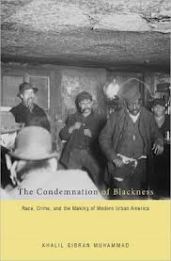
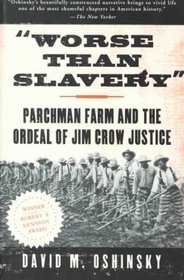

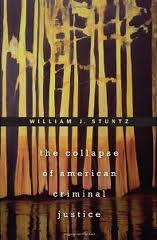
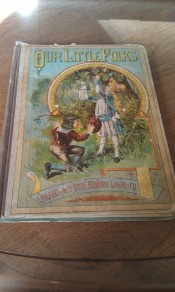


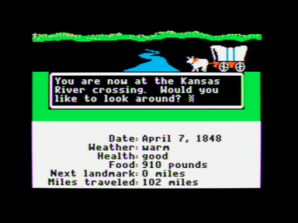

 I chose to use the
I chose to use the 
